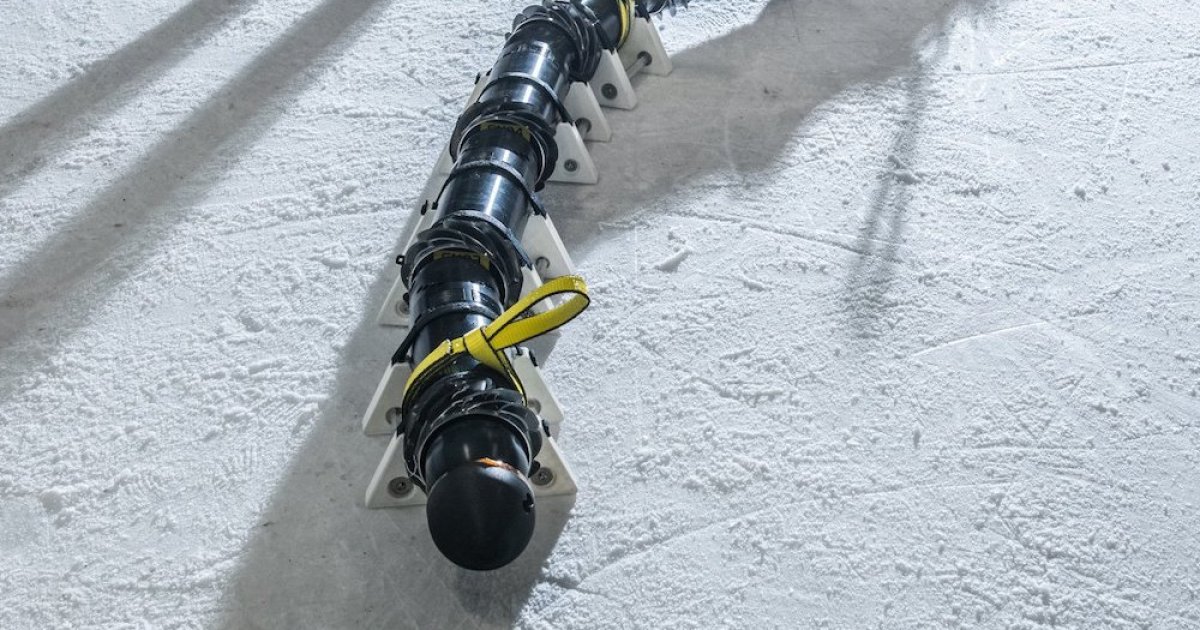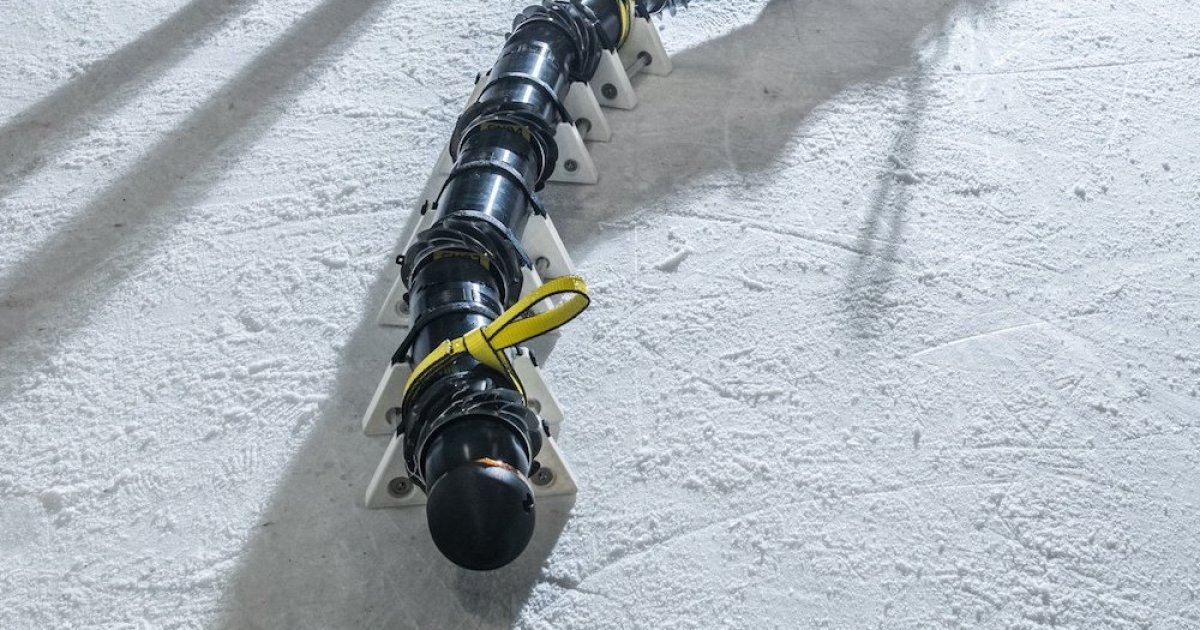
NASA’s team at the Jet Propulsion Laboratory (JPL) has offered a look at the latest version of its snake-like EELS robot (short for Exobiology Extant Life Surveyor).
A video (below) shared this week shows the self-propelled autonomous robot slithering across different types of terrain, its movement aided by its multi-segment design.
Three years in development and with multiple prototypes already under its belt, the aim is to build a bot capable of handling the kind of terrain that’s out of reach for wheel-based robots like Perseverance and Curiosity, which are currently exploring Mars.
The latest version of EELS weighs around 220 pounds (100 kilograms) and is 13 feet (4 meters) long. Tests in sandy, snowy, and icy environments confirm that its 10 rotating segments are capable of propulsion, traction, and grip in a range of settings.
It means that the highly adaptable robot should be able to deal with features such as undulating sand and ice, cliff walls, craters, underground lava tubes, and labyrinthine spaces within glaciers, JPL said.
As it moves along, the robot, which is not currently part of any NASA mission, creates a 3D map of its surroundings using four pairs of stereo cameras and lidar, a technology similar to radar but instead of radio waves deploys short laser pulses. The gathered data then enables navigation algorithms to work out the safest path forward.
The final version of EELS will contain 48 actuators — essentially little motors described by a team member as acting like “48 steering wheels” — that will further boost the robot’s flexibility. EELS will also be fitted with various science instruments so that it can gather data for research and carry out field work, similar to how today’s Mars rovers operate.
“It has the capability to go to locations where other robots can’t go,” JPL’s Matthew Robinson, EELS project manager, commented online. “Though some robots are better at one particular type of terrain or other, the idea for EELS is the ability to do it all. When you’re going places where you don’t know what you’ll find, you want to send a versatile, risk-aware robot that’s prepared for uncertainty, and can make decisions on its own.”
Of course, this isn’t the first snake robot to gain attention. The versatility of such a robot means that it’s the target of many engineers looking to create something for a range of tasks in health, industry, and more.
Editors’ Recommendations
Services Marketplace – Listings, Bookings & Reviews
